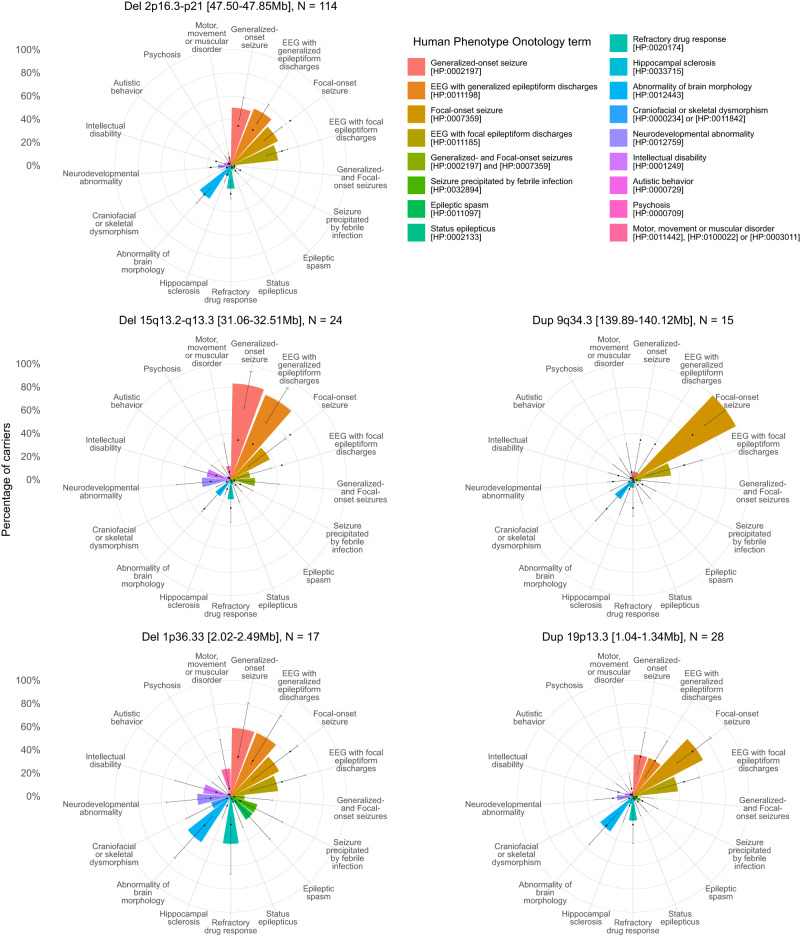Fig. 3. Summary clinical signatures of CNVs in a deeply phenotyped epilepsy cohort.
The percentage of carriers of the CNV with each broad phenotype is shown by the height of bars arranged on a polar axis, with two-sided 95% confidence interval error bars for these percentages derived from the binomial distribution using stats::binom.test(). For reference, dots indicate the percentage of the entire Phenomic cohort of 10,880 people with each broad phenotype (representing the prior probability of a person having the phenotype without genetic stratification). The binomial distribution two-sided 95% confidence intervals for a cohort size of 10,880 are no wider than 1.9% (not shown for clarity). “Craniofacial or skeletal dysmorphism” includes individuals with either “Abnormality of the head [HP:0000234]” (which excludes isolated brain structural abnormalities) or “Abnormal skeletal morphology [HP:0011842]”. “Motor, movement or muscular disorder” includes individuals with any of “Abnormal central motor function [HP:0011442]”, “Abnormality of movement [HP:0100022]” or “Abnormality of the musculature [HP:0003011]”, but not “Motor delay [HP:0001270]”, which is included in “Neurodevelopmental abnormality”. While “Neurodevelopmental abnormality” includes those with “Intellectual disability”, the latter is shown additionally as it is a neurodevelopmental outcome with particularly important socioeconomically important consequences. EEG electroencephalogram. Further CNV profiles are shown in Supplementary Fig. 2.

